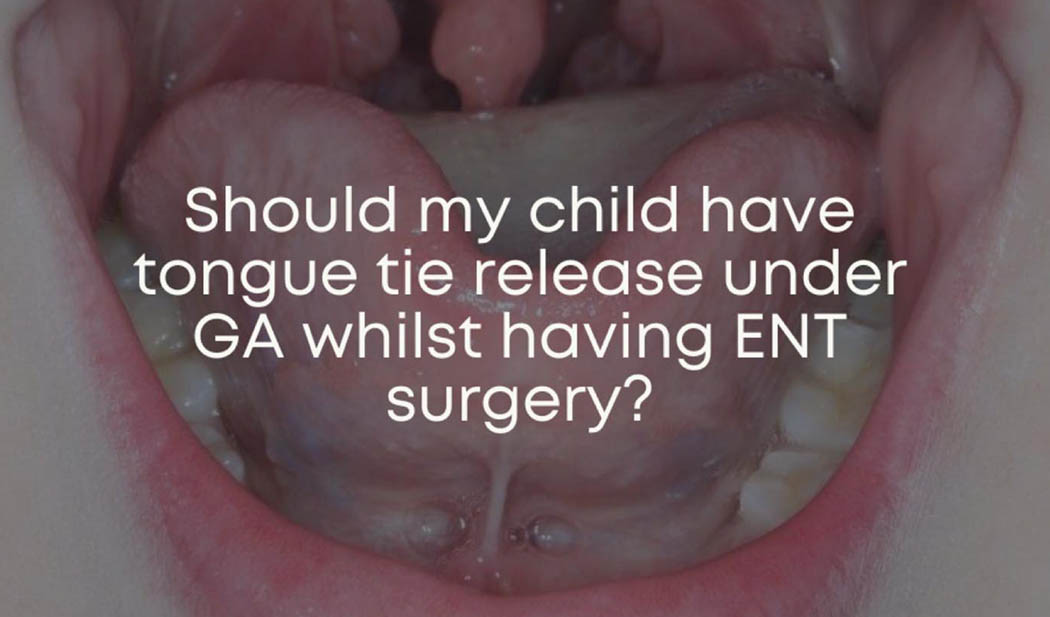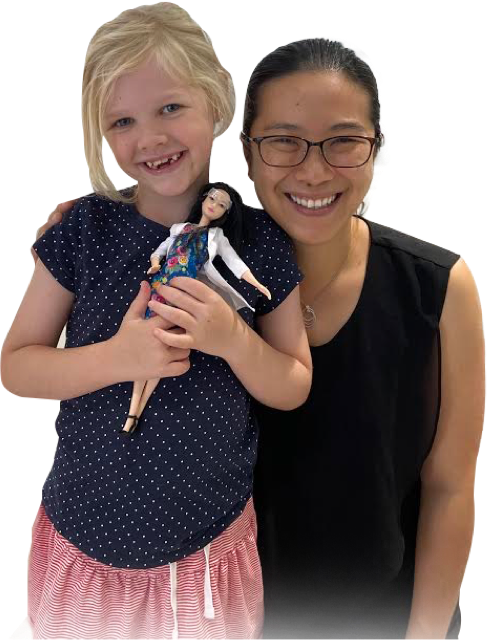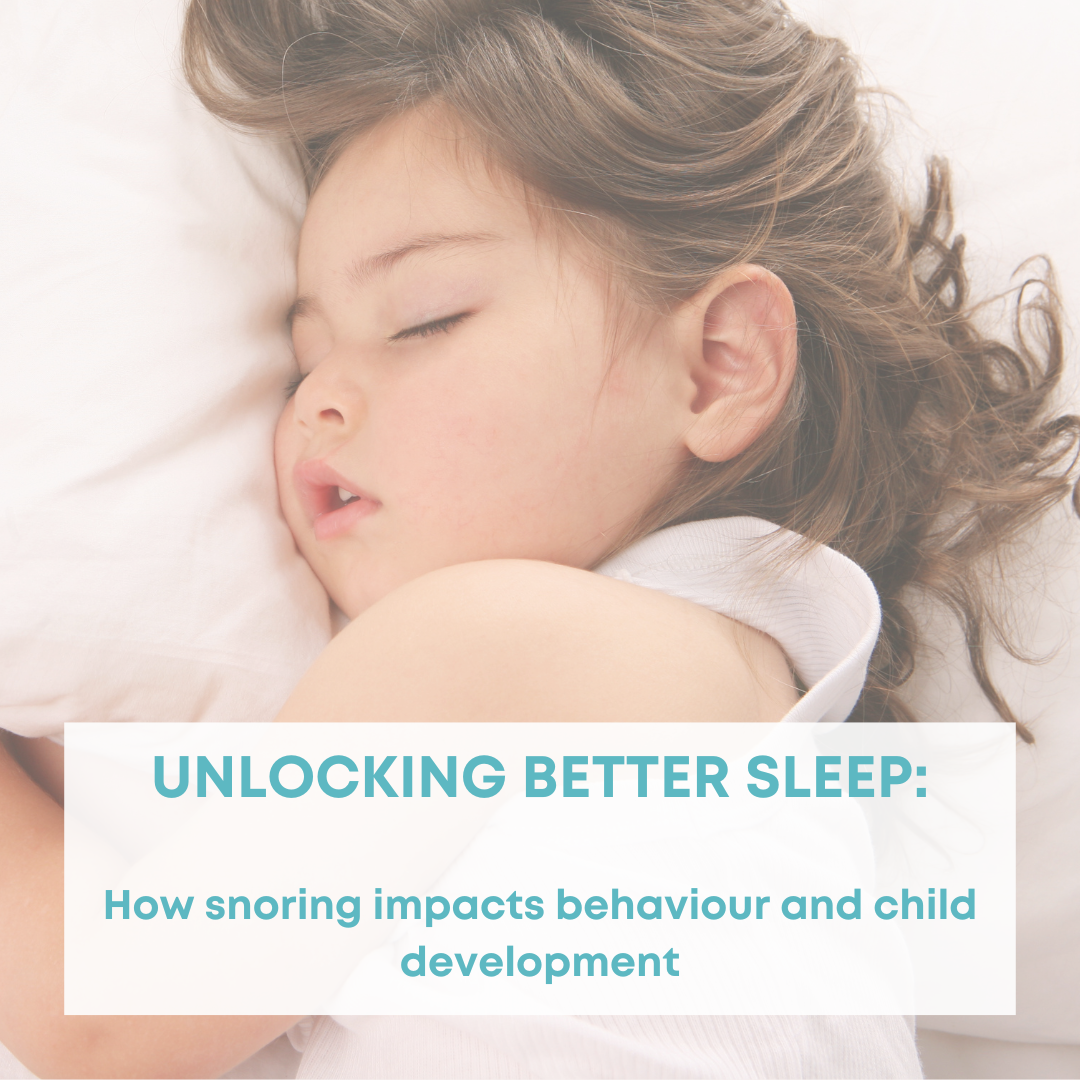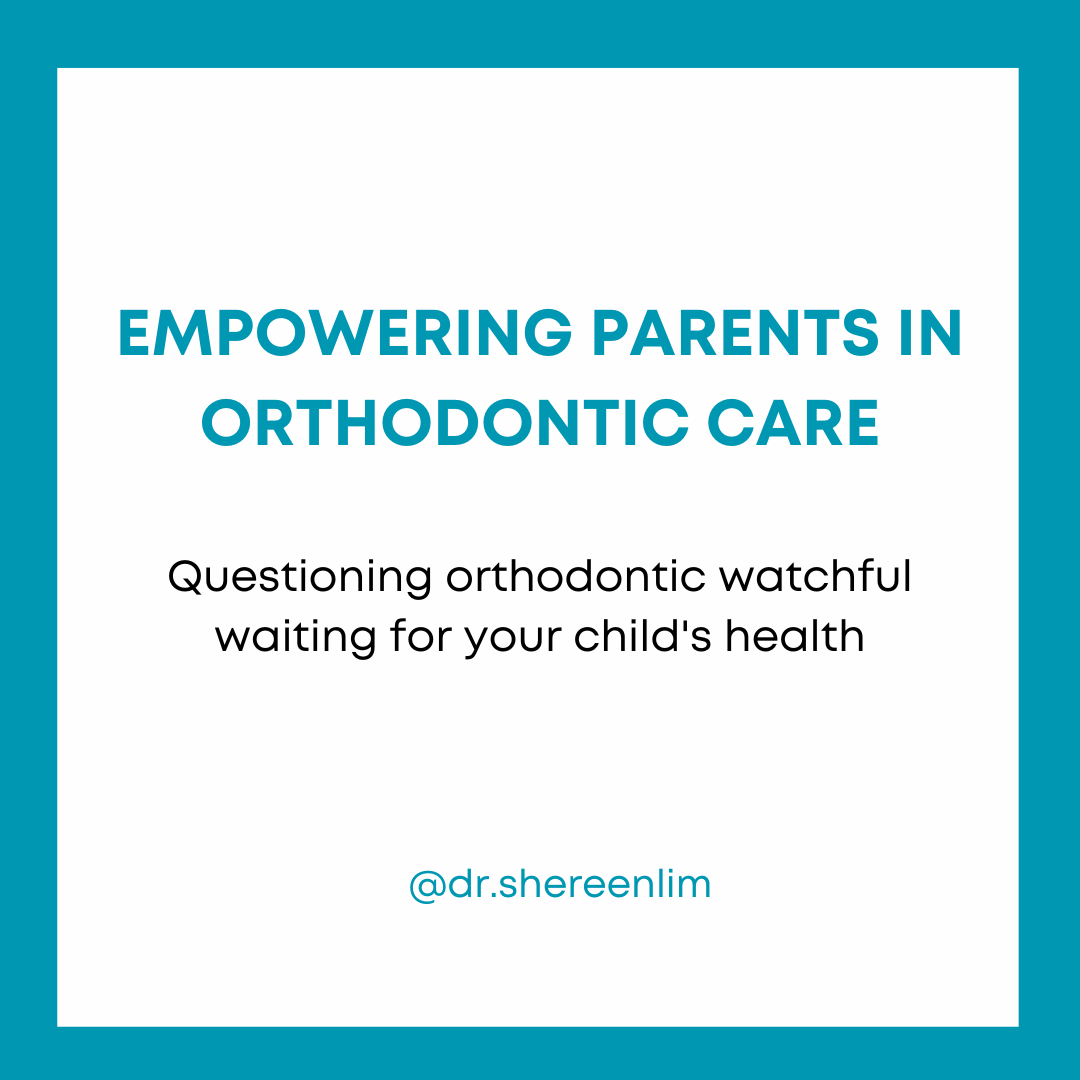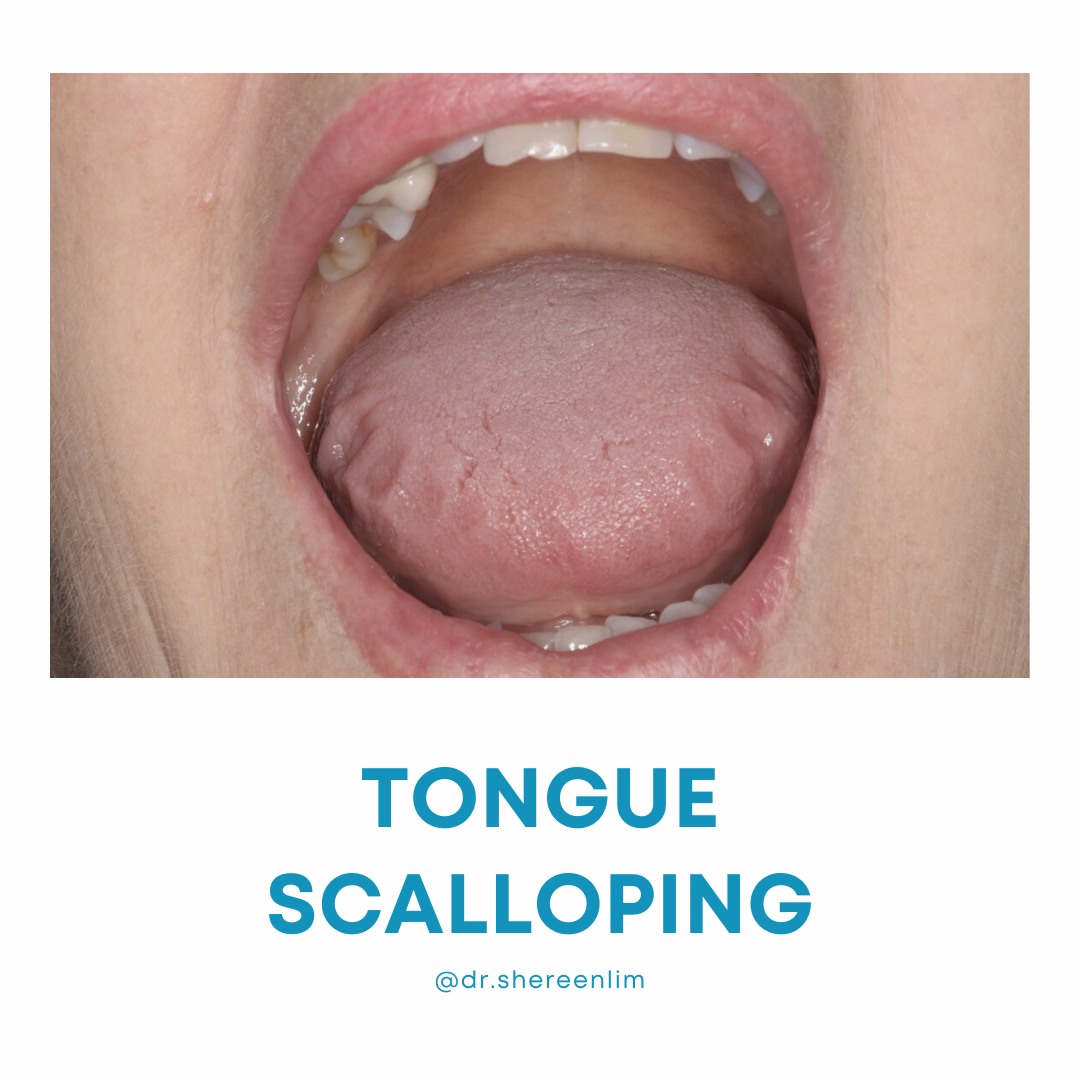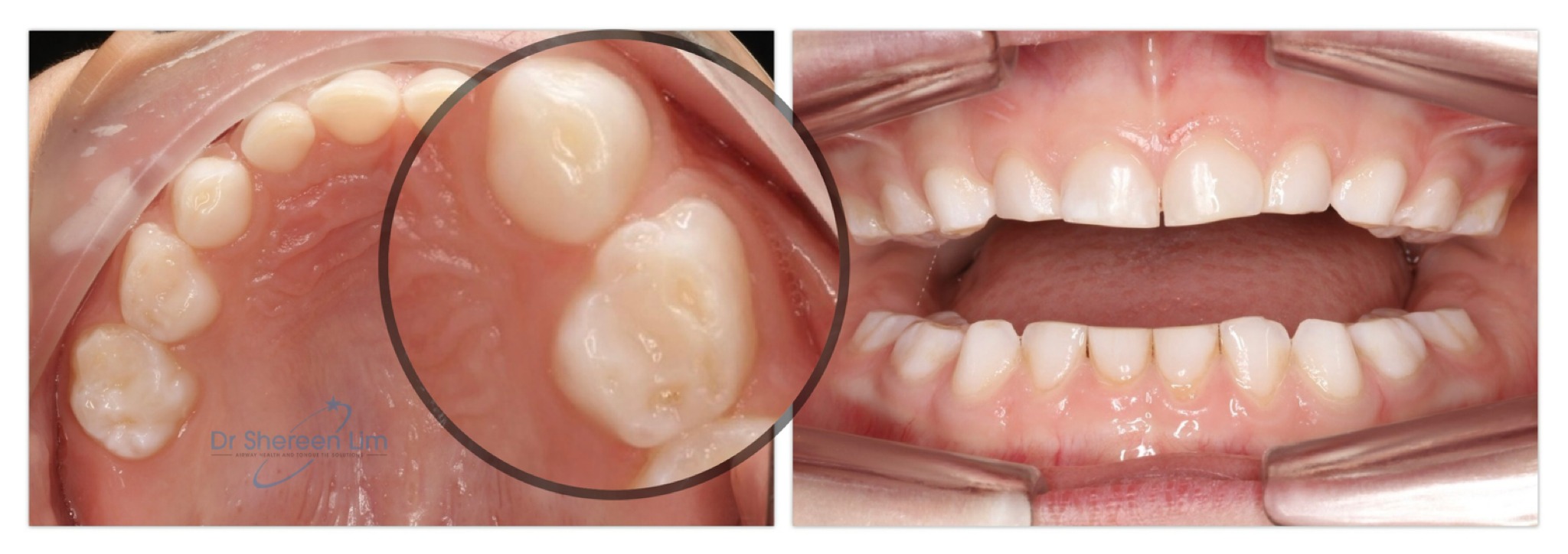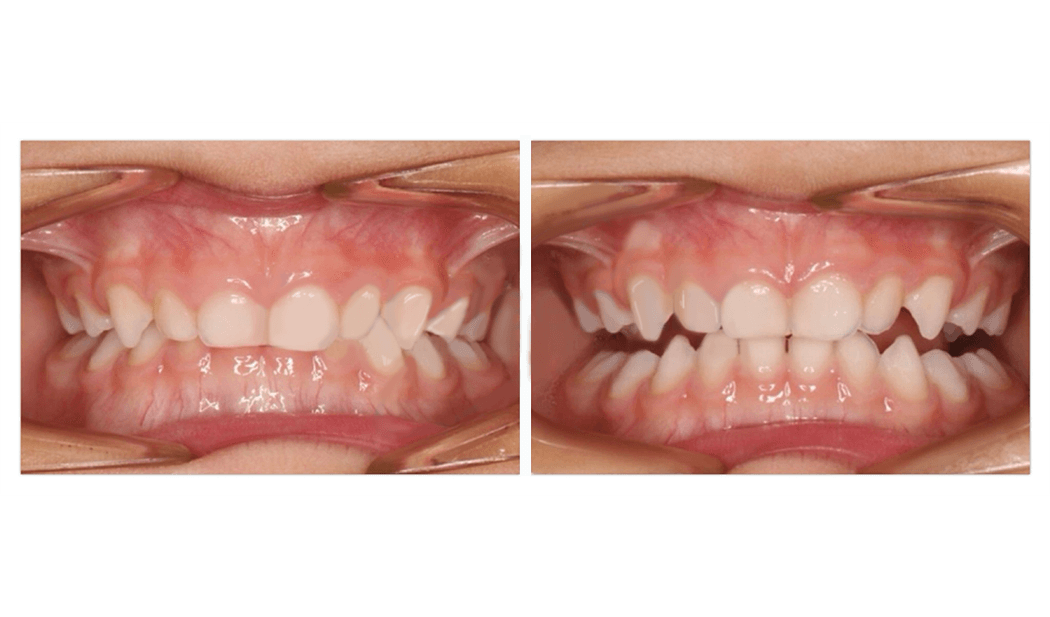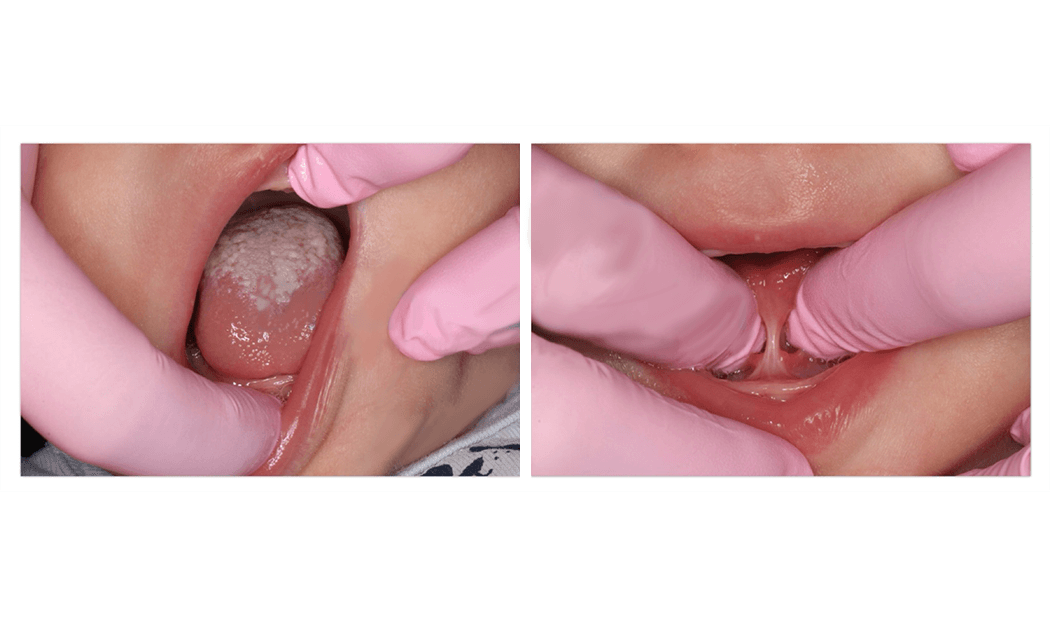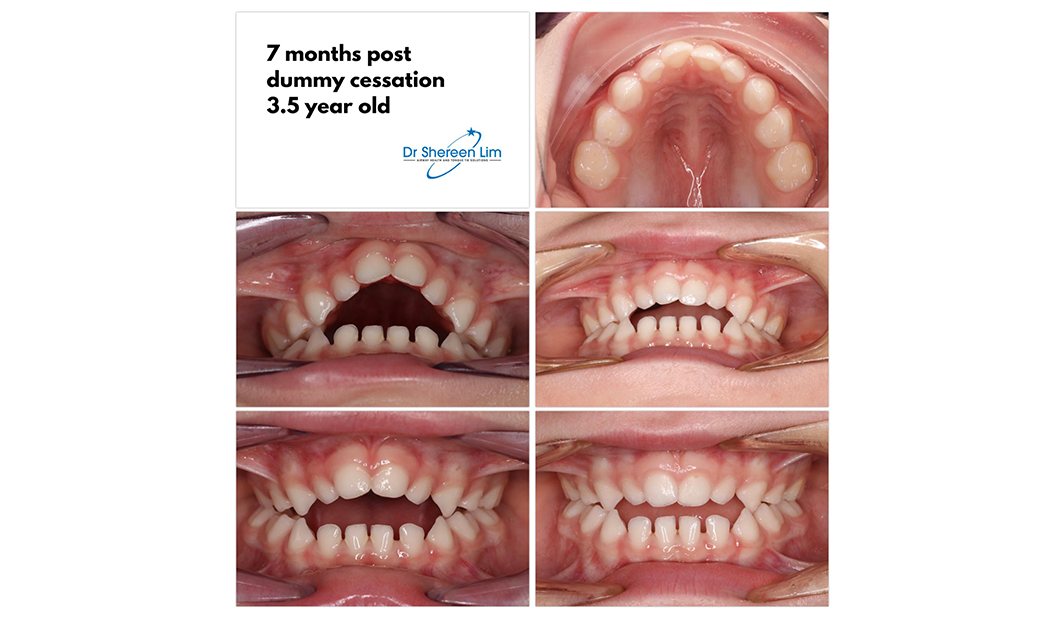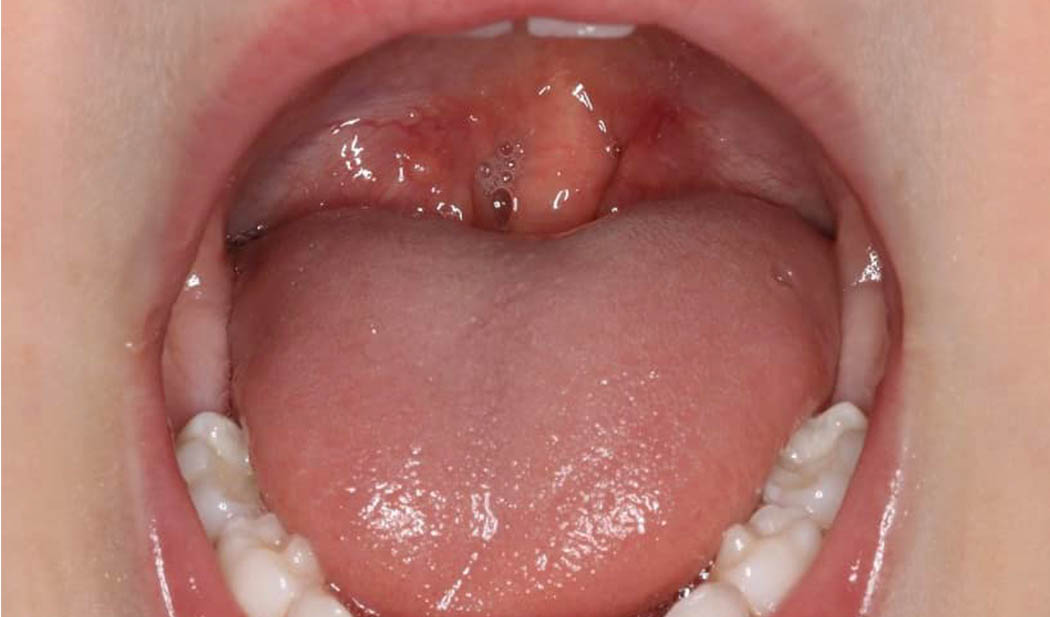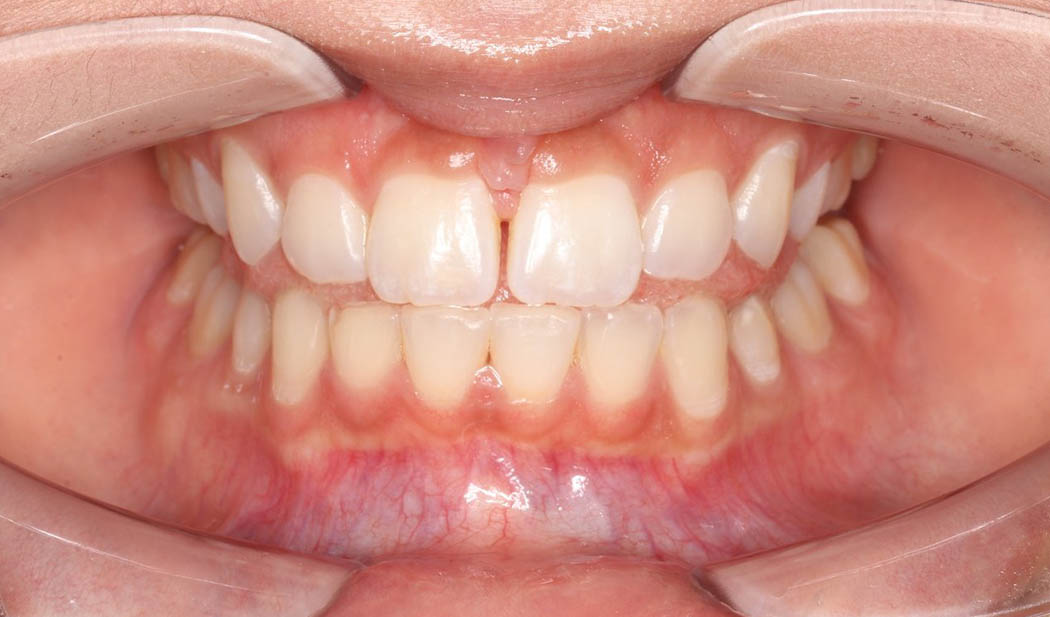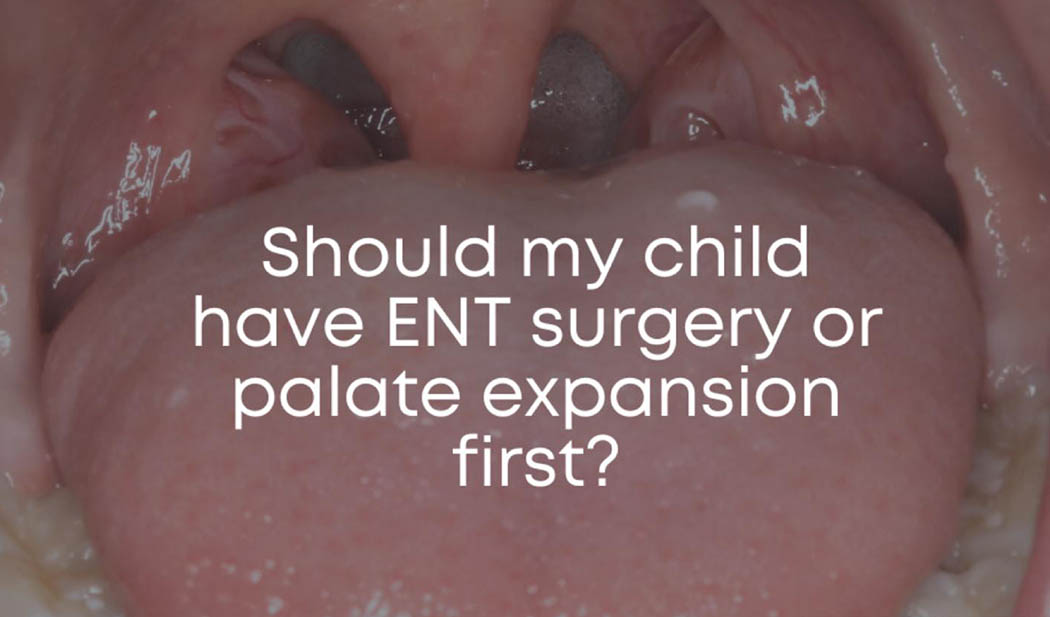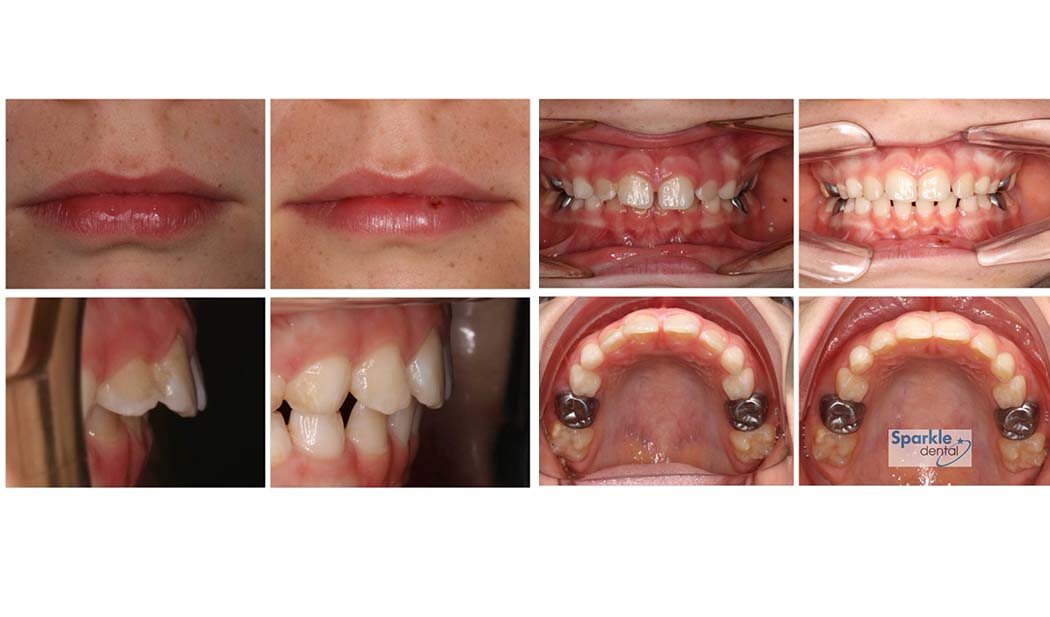Tongue tie release – should my child have this done under GA at the time of ENT surgery?
Having a tongue tie release whilst a child is under for other surgery like removal of adenoids and tonsils or the insertion of grommets can seem an attractive option.
But I don’t always think this option is the best for every single child.
This is because I’ve seen frequent cases where a release has been rushed through to the time of GA and there is a lot of scar tissue, the tongue is still restricted, and a child still needs further release. This scarring makes it not as easy a release, as without it.
Some of the factors that I consider when answering this question are:
👅 One of the keys to minimising scarring and reattachment is for the tongue to be moving well whilst the area is healing. This happens best when a child has had some pre-hab therapy in the form of oromotor, feeding or myofunctional therapy. Has the child been adequately prepared? Or will they be able to do better prehab therapy once airway obstruction is removed? Will they be better able to do post-op tongue exercises to minimise reattachment when they are not sore and recovering from other surgery?
👅 What is the child’s temperament? How anxious will they be? As parents, it’s natural to feel apprehensive about them having a surgery in the chair. It’s best not to share your thoughts with them and discuss them directly with us. We’re experienced treating many children in the chair from age 4 years with good co-operation and are pretty good at predicting who will cope well.
👅 How thorough will the release be with the ENT surgeon? Personally, if my child was having a release under GA, I wouldn’t want anything less than a technique including stitches, used by ENT colleague Dr Soroush Zaghi. Refer to this link for surgical photos – https://www.ncbi.nlm.nih.gov/pmc/articles/PMC6437727/. Since I’m not familiar with anyone local using this approach, with an older child that can sit in the chair, I tend to prefer full control of the release to achieve the best functional outcome in combination with therapy.
👅 In select cases, there may be benefit in getting the most severely restrictive anterior tongue ties released sooner to help facilitate better therapy, even knowing they may need a subsequent release later.
👅 If a child is too young to sit in the chair and follow instructions, a release under GA could be a good interim option when there are significant functional concerns related to reduced tongue mobility.
To make the most fully informed decision on what is right for you child, it is best to have an individualised assessment, and a second opinion from your ENT surgeon.

